Illicit Trade
(Tráfico Ilícito)
Diego Breit Lira / Chile / 2020 / 6 x 52 min episodes
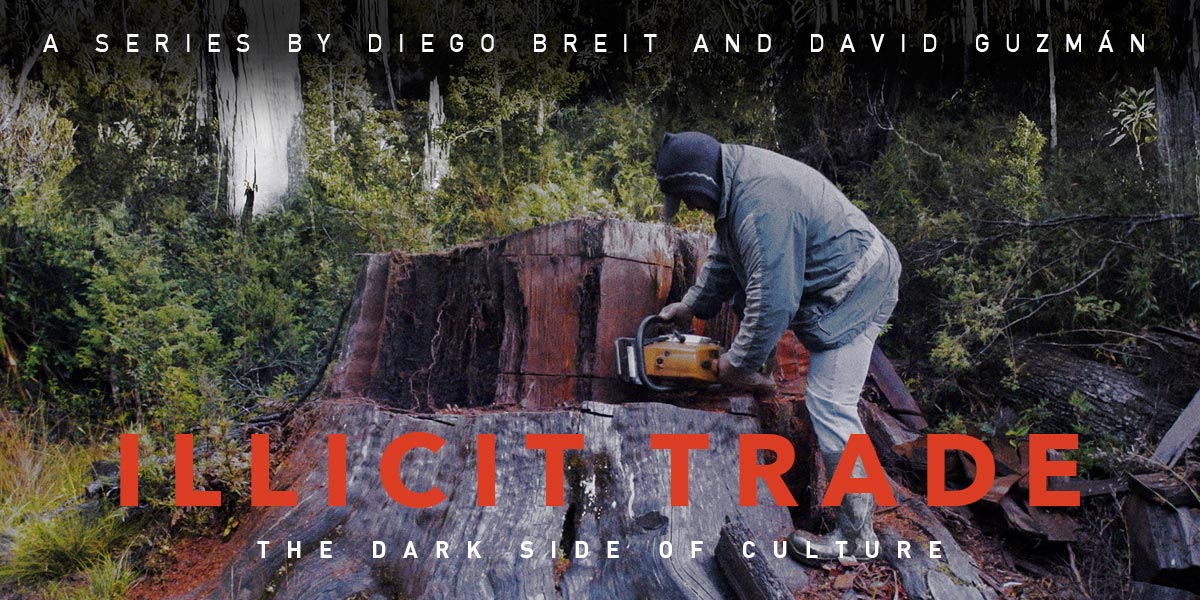

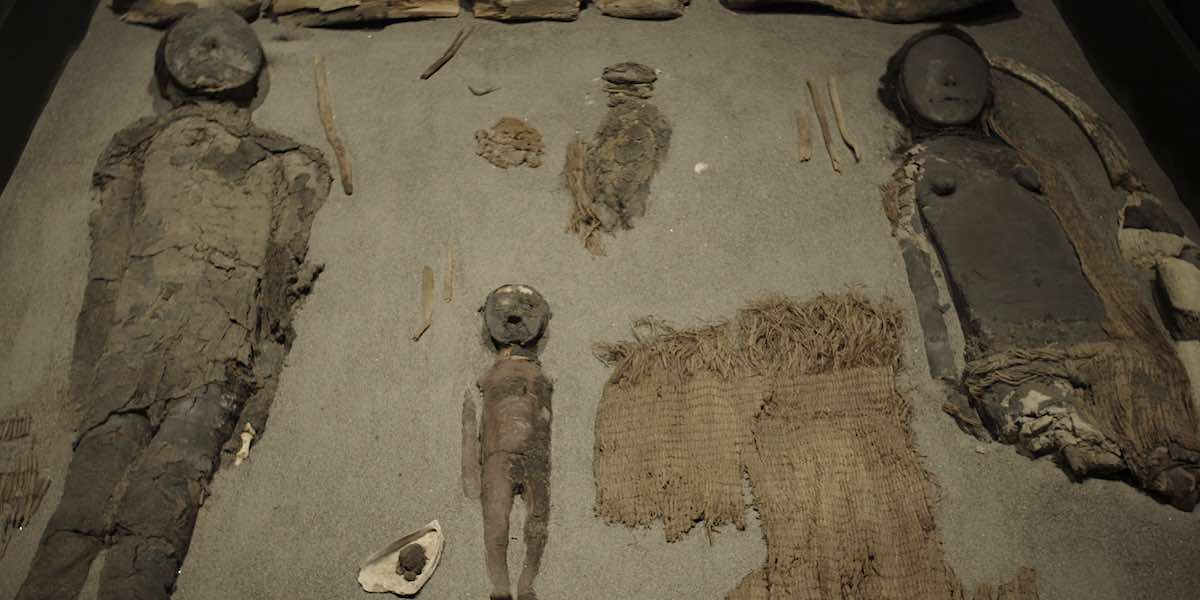

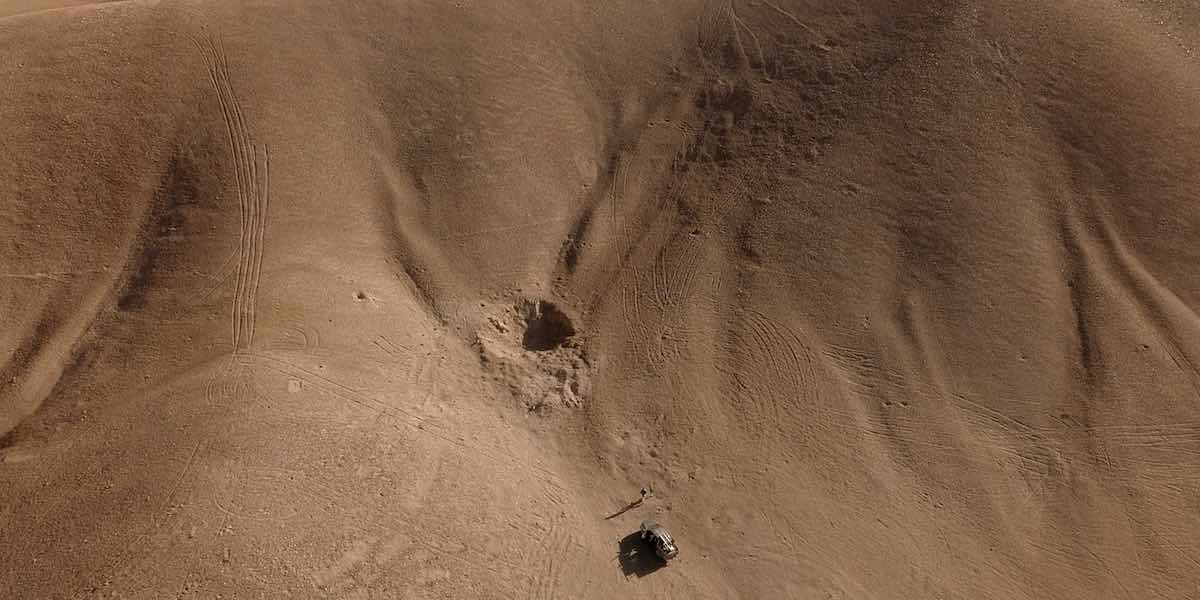
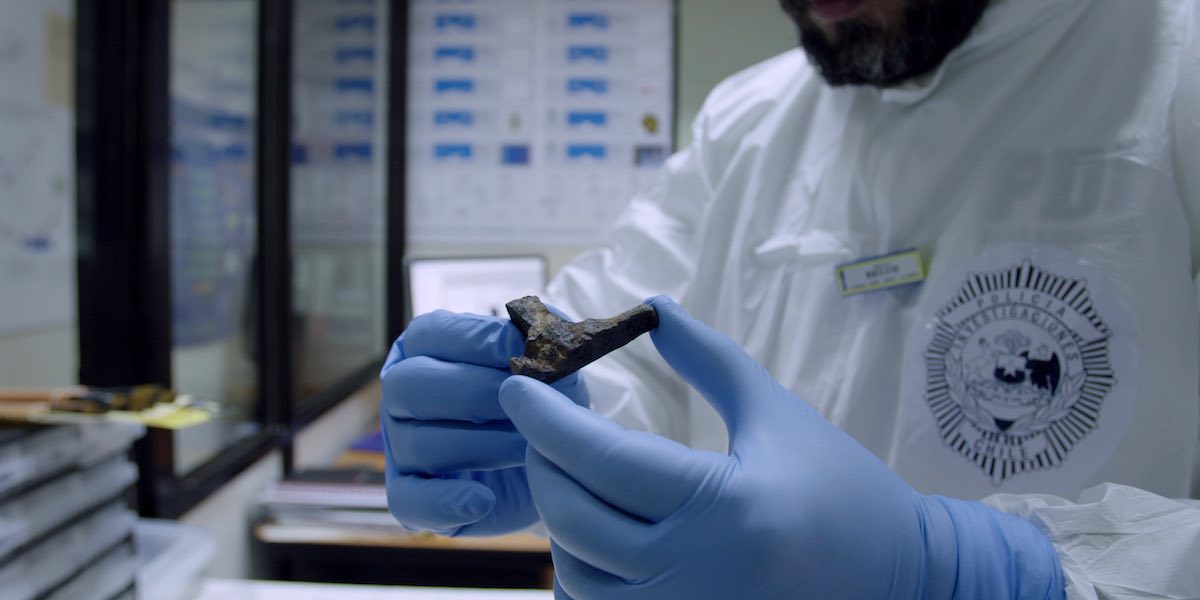
Related Films
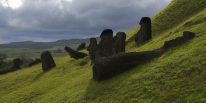 The Spirit of The Ancestors(Te Kuhane o te Tupuna: El espíritu de los ancestros)Leonardo PakaratiThe Spirit of the Ancestors tells the story of Moia Hoa Haka Nana’ia, one of Rapa Nui’s (Easter Island) sacred spirits, also known as the ...
The Spirit of The Ancestors(Te Kuhane o te Tupuna: El espíritu de los ancestros)Leonardo PakaratiThe Spirit of the Ancestors tells the story of Moia Hoa Haka Nana’ia, one of Rapa Nui’s (Easter Island) sacred spirits, also known as the ... Stealing Rodin(Robar a Rodin)Cristóbal Valenzuela BerríosIn the style of Exit Through the Gift Shop, Stealing Rodin is a critical and humorous statement about Art and the market around it. The documentary ...
Stealing Rodin(Robar a Rodin)Cristóbal Valenzuela BerríosIn the style of Exit Through the Gift Shop, Stealing Rodin is a critical and humorous statement about Art and the market around it. The documentary ...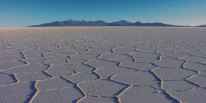 Cerro Rico, Tierra Rica(Cerro Rico, Tierra Rica)Juan VallejoThe daily rituals of two mining communities are observed in this strikingly visual and unsparing portrait of life and work in Bolivia’s altiplano, ...
Cerro Rico, Tierra Rica(Cerro Rico, Tierra Rica)Juan VallejoThe daily rituals of two mining communities are observed in this strikingly visual and unsparing portrait of life and work in Bolivia’s altiplano, ... The GuardiansBen Crosbie, Tessa MoranAn indigenous Mexican community and millions of monarch butterflies are under threat of extinction in the ancient forest they call home. The ...
The GuardiansBen Crosbie, Tessa MoranAn indigenous Mexican community and millions of monarch butterflies are under threat of extinction in the ancient forest they call home. The ... Sealed Cargo(Carga Sellada)Julia Vargas WeiseBOLIVIA’S OFFICIAL ENTRY TO THE ACADEMY AWARDS® With a promotion in the offering and his beautiful wife Nena at his side, things couldn’t ...
Sealed Cargo(Carga Sellada)Julia Vargas WeiseBOLIVIA’S OFFICIAL ENTRY TO THE ACADEMY AWARDS® With a promotion in the offering and his beautiful wife Nena at his side, things couldn’t ...Related Subjects
Fun Downloads
Spanish, English, German, French, with English subtitles
With David Guzmán Storey
There are no millenary mummies in Switzerland, the vicuñas do not live in New Zealand, and the Alerce does not grow in the United States. How did Chile’s most valuable cultural goods get there? Illicit Trade investigates the incredible theft of fossils, mummies, shipwrecks, meteorites, exotic animals, and endangered trees that have crossed continents to end up in the hands of wealthy collectors, scientific laboratories, and prestigious museums.
EPISODES
1/6 Chinchorro Mummies
When a city is built on top of a pre-Columbian cemetery, the children play with skulls, and their parents become tomb robbers. For decades, Arica has been the center of self-taught archaeologists and foreign buyers, even those interested in human bodies. In Switzerland, two of the oldest mummies in the world were found in a collector’s basement. They were about to be burned, but their rescue allowed them to return to the place where they belong.
2/6 Fossils
In Germany, the most complete fossil bird in the world was found. It’s six meters wide and was trafficked from Caldera, a town in northern Chile that survived the fishing crisis by selling fossils. Until then, no one knew about this place, where the sea and desert meet; it turned out to be one of the most important paleontological sites in the world.
3/6 Meteorites
In Chile, meteorites do not have a law that protects them, and both their search and sale are allowed. When the first specimen from Mars is discovered, it is taken to France in search of the highest bidder. For years, science has defended the value of studying these extraterrestrial rocks, but a silent market has brought hundreds of hunters to the best place in the world to find meteorites: the Atacama Desert.
4/6 Vicuña
Vicuña wool is the most expensive animal fiber in the world. In the past, it dressed the Inca royalty and today it dresses the millionaires of the world. At 5 thousand meters high, the Aymara community considers it a sacred animal and tries to manage them in a sustainable way, but at night the Queen of the Andes is shot and skinned by poachers.
5/6 Alerce
A container filled with reddish wood was found in the port of San Francisco, California. Just by chance, a worker recognized the type of lumber: Alerce, one of the most precious protected species on the planet. This wood could only come from one place: the south of Chile, where illegal logging has brought this millenary native tree to the verge of extinction.
6/6 Oriflama
It is estimated that there are about two thousand shipwrecks on the coasts of Chile. Among them, historical records talk about a Spanish ship with cargo for the aristocracy in Peru that sank more than two centuries ago on the Maule coast. A group of treasure hunters claims to have found it, but the government wants to be the rightful owner of the 680 tons of valuable crystals, jewelry, and gold that remain sunk beneath the sea.